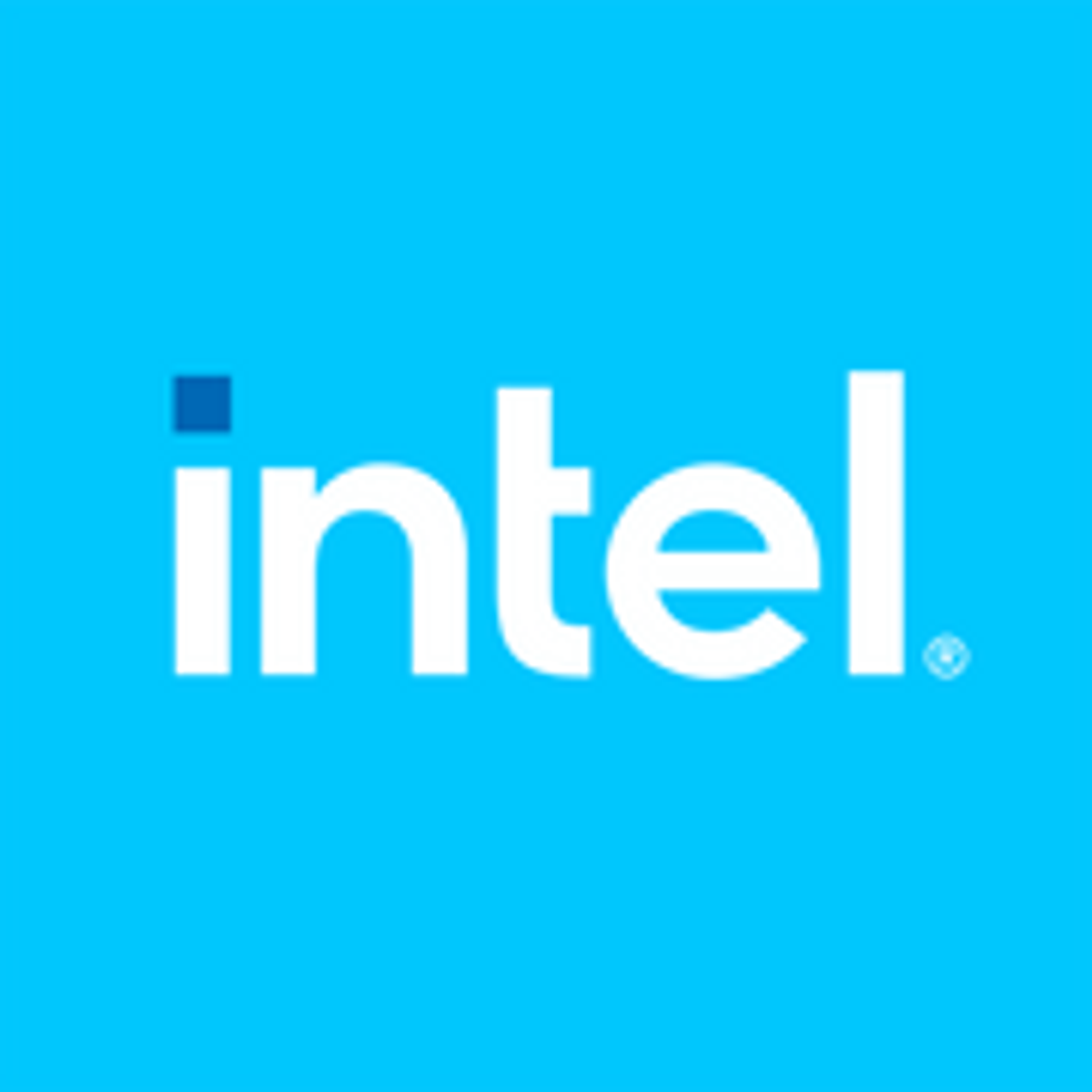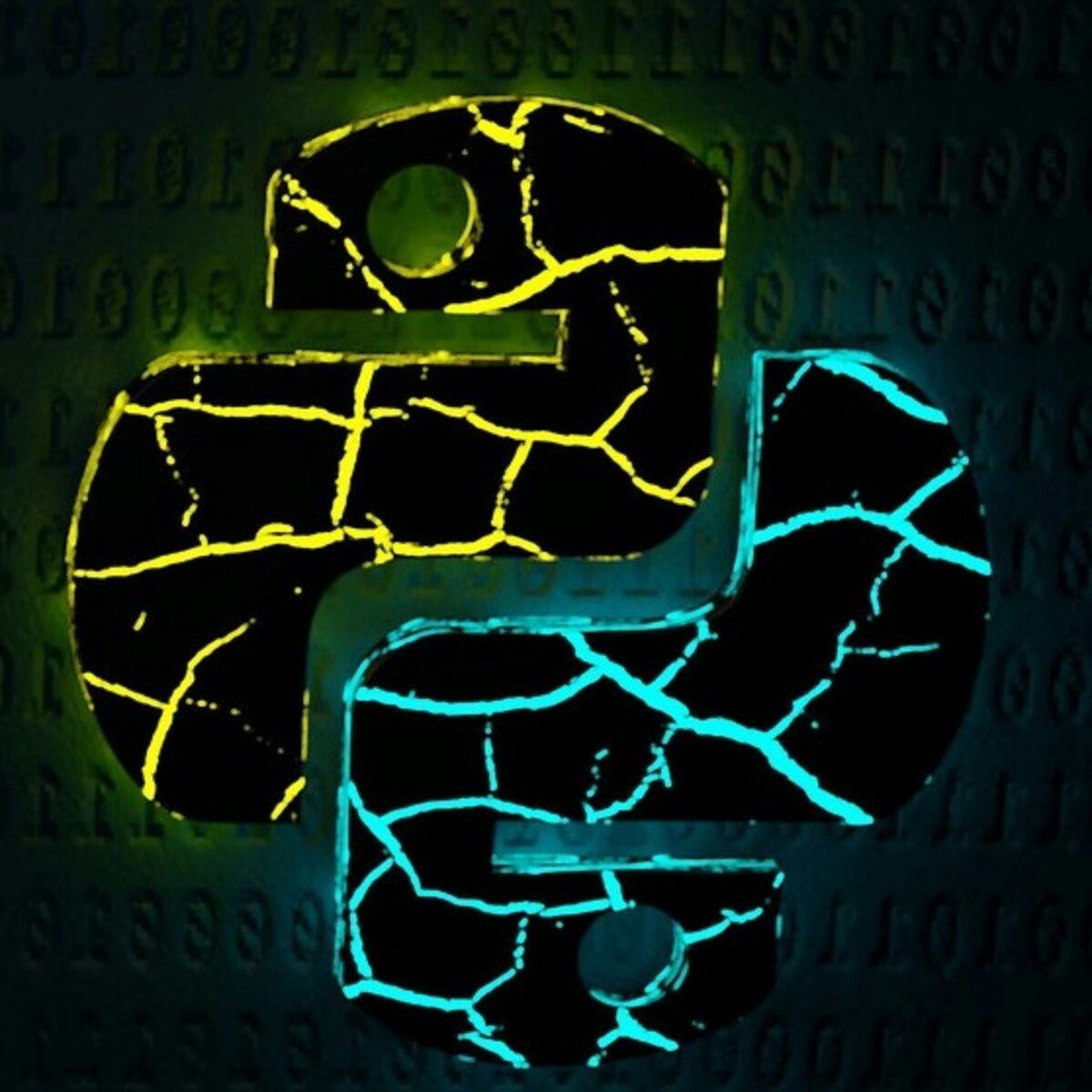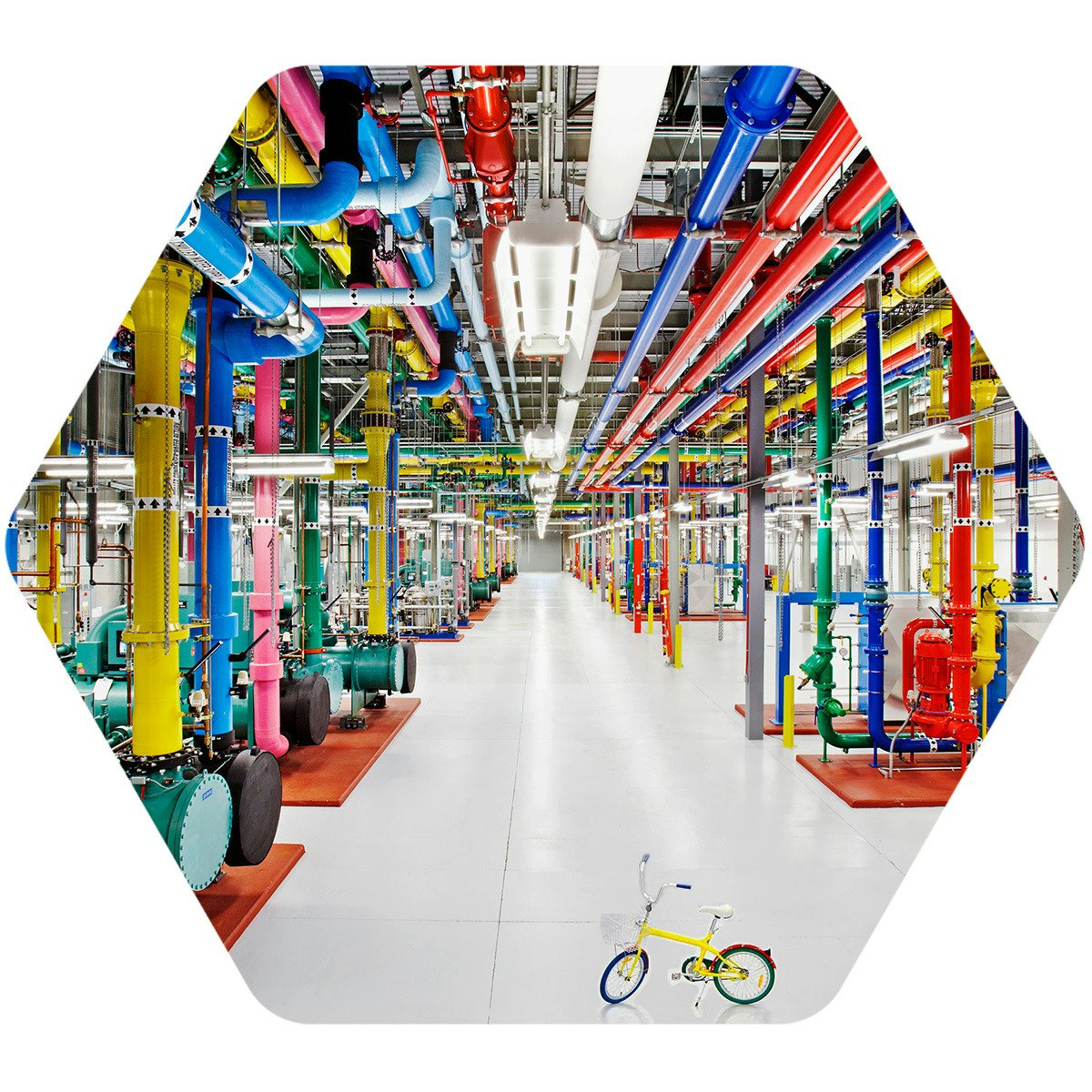Back to Courses









Computer Science Courses - Page 30
Showing results 291-300 of 2309

Introduction to Virtual Reality
This course will introduce you to Virtual Reality (VR). The course will teach you everything from the basics of VR- the hardware and the history of VR- to different applications of VR, the psychology of Virtual Reality, and the challenges of the medium.
The course is designed for people who are new to VR as a medium. You may have experienced some virtual reality before, and may have some hardware- but this course is suitable to individuals who have never experienced VR and those who do not have much hardware- we will explain Mobile VR as well as devices such as the Oculus Rift and HTC Vive.
Introduction to Virtual Reality is the first course in the Virtual Reality Specialisation. A learner with no previous experience in Virtual Reality and/or game programming will be able to evaluate existing VR applications, and design, test, and implement their own VR experiences/games using Unity by the end of the specialisation.

API Testing with Karate Framework
Karate is an open-source framework for API Test automation that uses BDD style syntax, has a rich assertion library, built-in HTML reports.
In this 2-hour long project-based course, you will learn --
1. API testing basics and Karate framework
2. Sending GET, POST, PUT, PATCH and DELETE requests via Karate framework
3. Add assertions to write effective test scenarios via the Karate framework

OpenVINO Beginner: Building a Crossroad AI Camera
In this 2-hour long project-based course, you will learn how to Build a Crossroad AI Camera:
Learning Objective 1: By the end of Task 1, you will be able to explain the OpenVINO™ Toolkit Workflow and OpenVINO™ Toolkit Components
Learning Objective 2: By the end of Task 2, you will be able to operationalize models using the Model Downloader utility
Learning Objective 3: By the end of Task 3, you will be able to perform Model Preparation, Conversion and Optimization
Learning Objective 4: By the end of Task 4, you will be able to Running and Tuning Inference
Learning Objective 5: By the end of Task 5, you will be able to create visualization of Person Attributes and Person Re-identification (REID) information for each detected person in an Image/Video/Camera input.

Getting Started with Tensorflow.js
By the end of this project, you will learn how to code a smart webcam to detect people and other everyday objects using a pre-trained COCO-SSD image recognition model with Tensorflow.js.
Based on an older library called deeplearn.js, Tensorflow.js is a deep learning library that leverages Tensorflow to create, train and run inference on artificial neural network models directly in a web browser, utilizing the client's GPU/CPU resources (accelerated using WebGL). Tensorflow.js brings Tensorflow to the web!
JavaScript/Typescript experience is heavily recommended.
Note: This course works best for learners who are based in the North America region. We’re currently working on providing the same experience in other regions.

Create a Business proposal with Visme for businesses
At the end of this project, you will have all the basic skills to create a Business proposal using Visme, an online tool for designing and editing Marketing visuals. You will be able to design a professional Business proposal in which you describe your company and your offer in detail.
This project is intended for professionals of all levels, small and medium-sized businesses, people who have never used Visme to create business content. It is ideal for those who would like to use Visme for their professional projects.

Processing Data with Python
Processing data is used in virtually every field these days. It is used for analyzing web traffic to determine personal preferences, gathering scientific data for biological analysis, analyzing weather patterns, business practices, and on. Data can take on many different forms and come from many different sources. Python is an open-source (free) programming language that is used in web programming, data science, artificial intelligence, and many scientific applications. It has libraries that can be used to parse and quickly analyze the data in whatever form it comes in, whether it be in XML, CSV, or JSON format. Data cleaning is an important aspect of processing data, particularly in the field of data science.
Note: This course works best for learners who are based in the North America region. We’re currently working on providing the same experience in other regions.

Google Cloud Fundamentals for Azure Professionals: Core Infrastructure
Google Cloud Fundamentals for Azure Professionals introduces important concepts and terminology for working with Google Cloud. Through videos and hands-on labs, this course presents and compares many of Google Cloud's computing and storage services, along with important resource and policy management tools.

Introduction to Distributions in R
This project is aimed at beginners who have a basic familiarity with the statistical programming language R and the RStudio environment, or people with a small amount of experience who would like to review the fundamentals of generating random numerical data from distributions in R.

Create a Business Model Canvas in Miro
By the end of this project, you will be able to align business priorities in a concise visualization.
To do this, you will gain hands-on experience creating a business model canvas in the Miro online visual collaboration platform for teamwork.
Note: This course works best for learners who are based in the North America region. We’re currently working on providing the same experience in other regions.

Create environmental awareness content with Canva
At the end of this project, you will have all the basic skills to create several professional designs to raise awareness of climate change and encourage your audience to embrace sustainable development using the Canva platform, an online tool to create and edit marketing visuals. You will be able to create customizable graphic designs using the various design tools offered by Canva.
